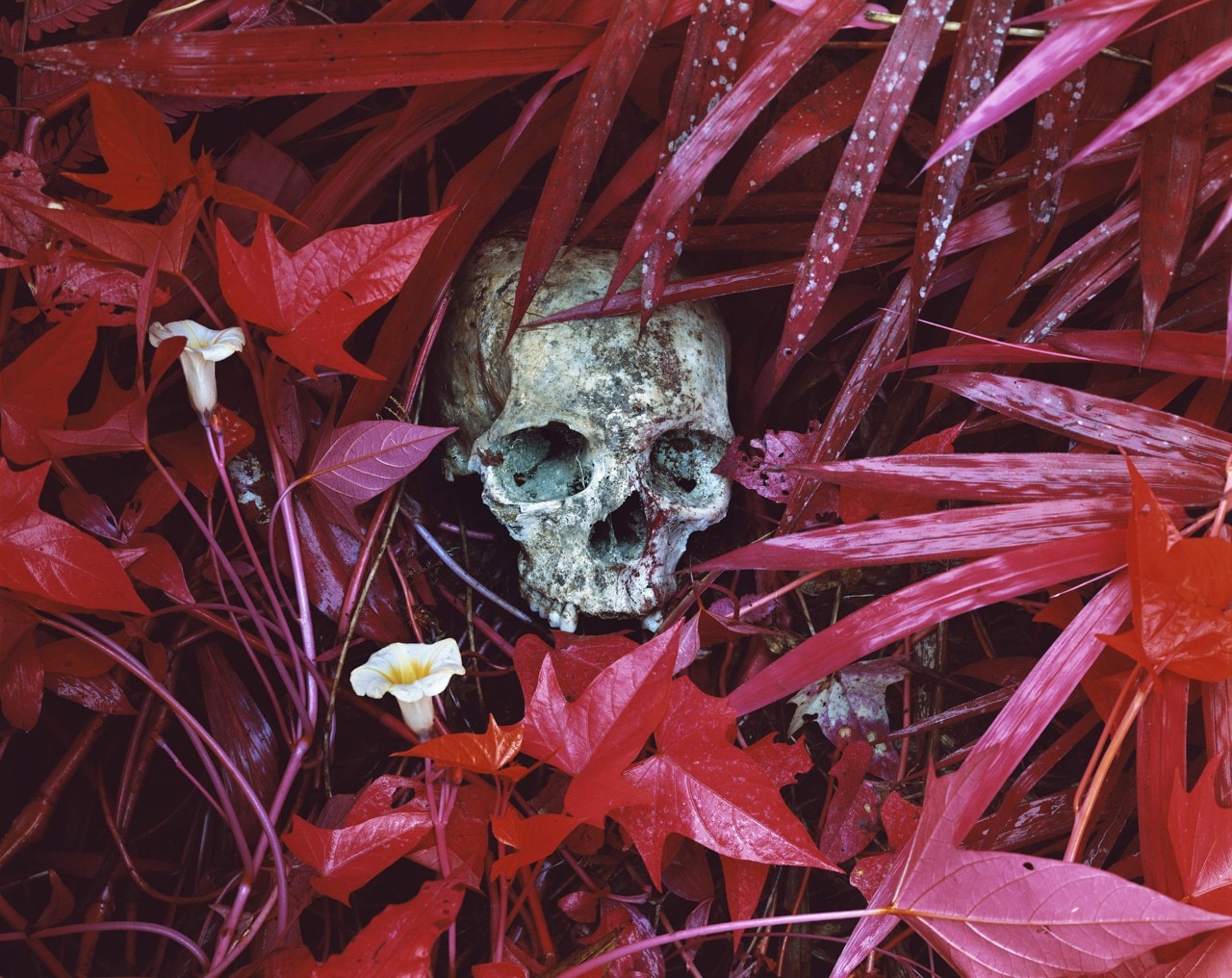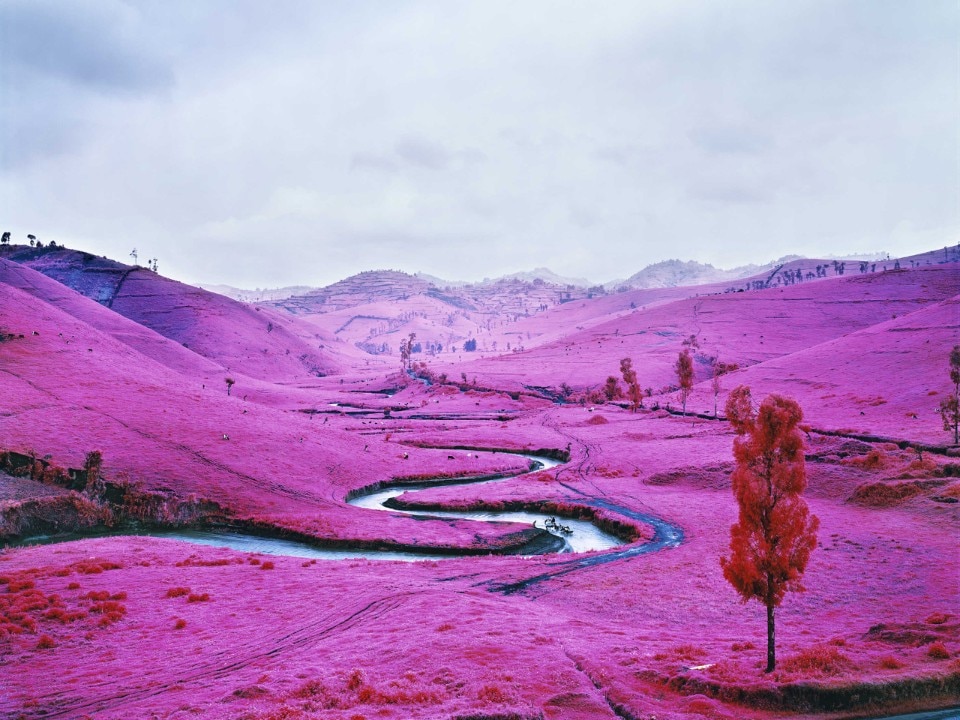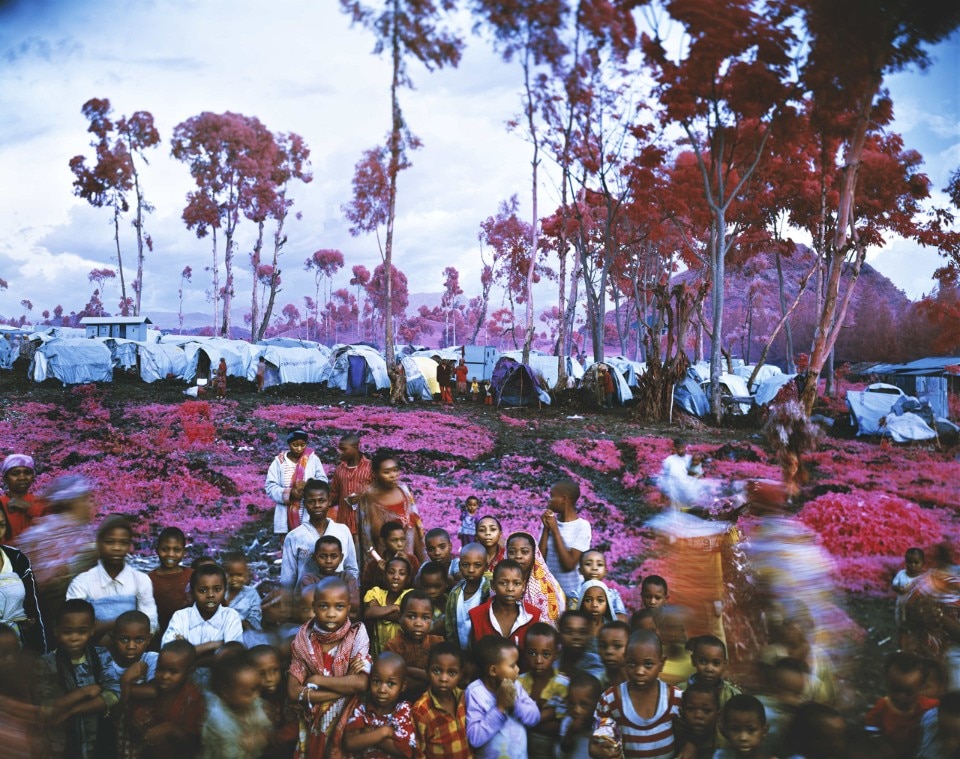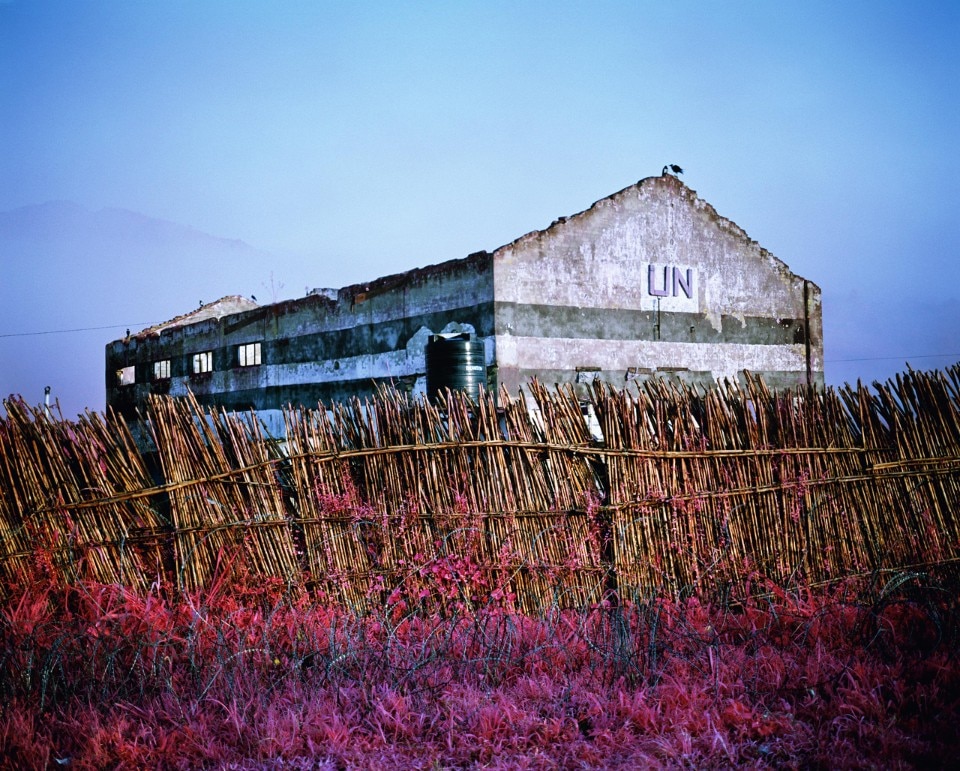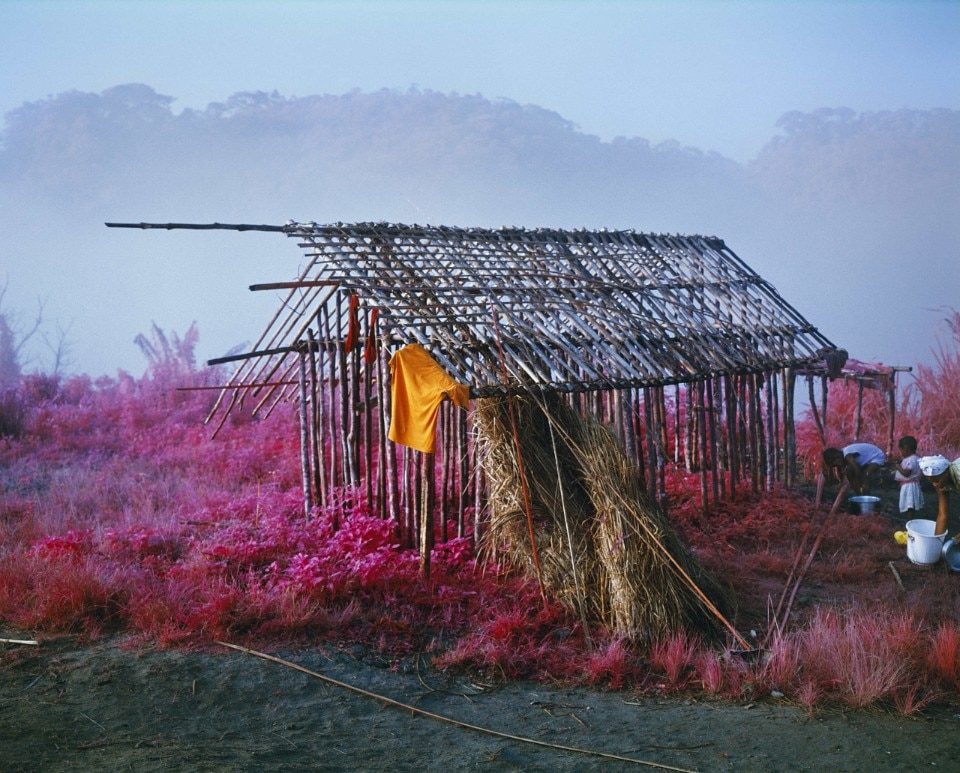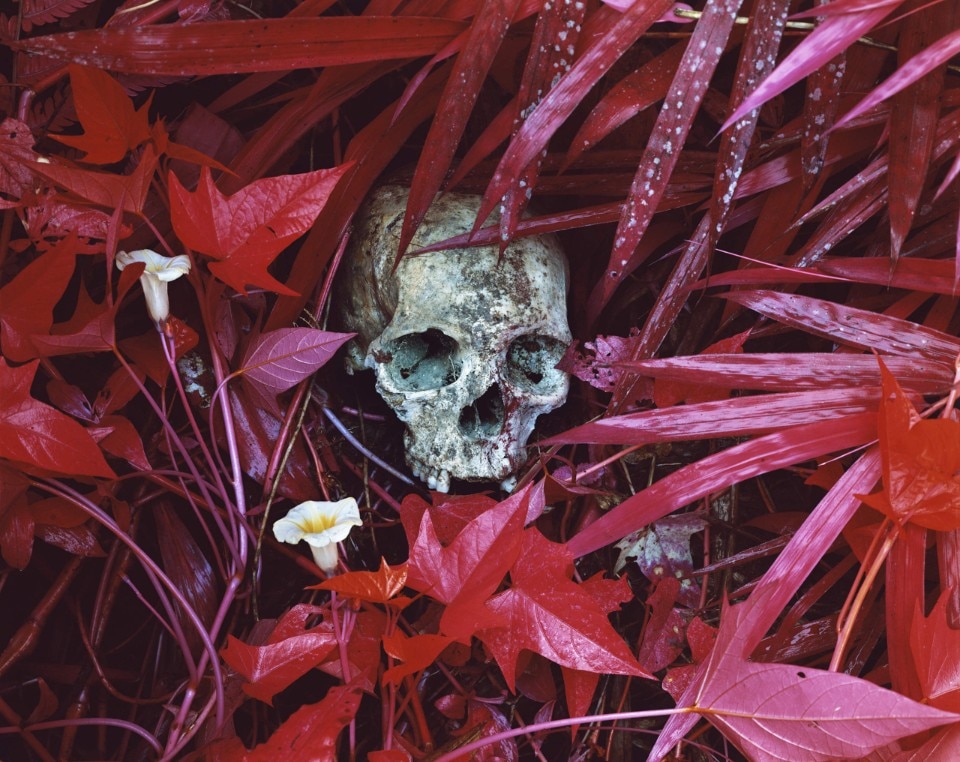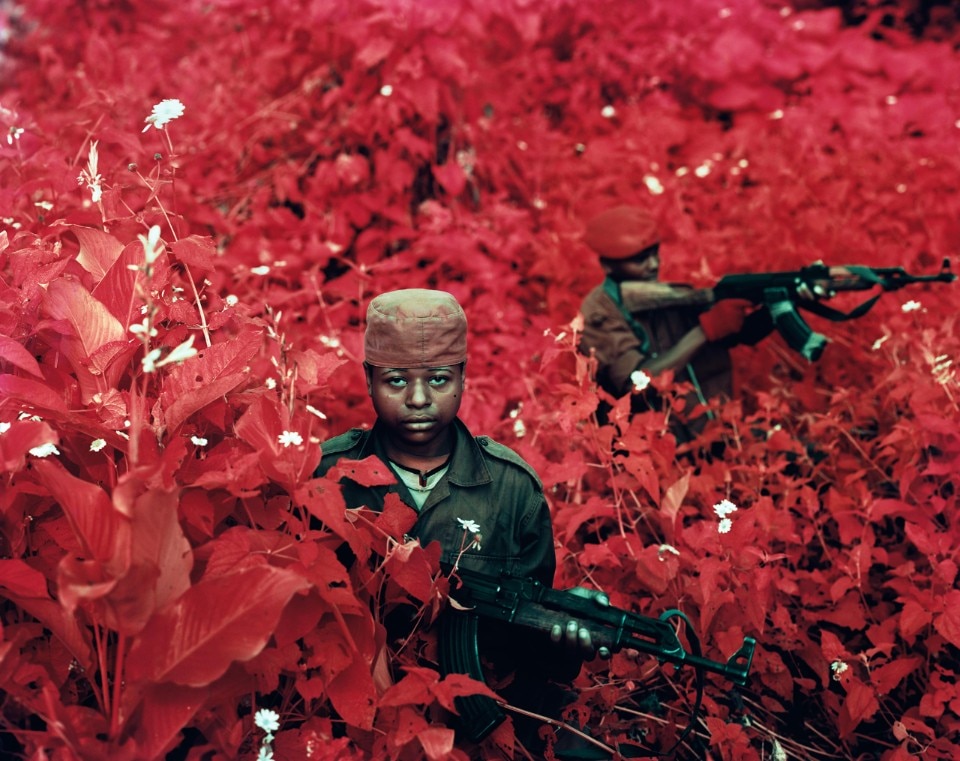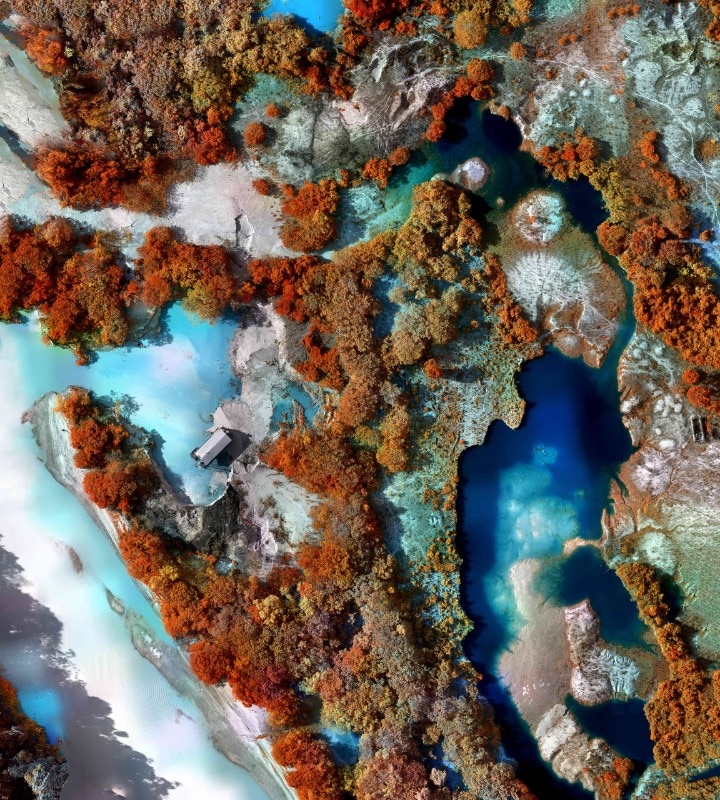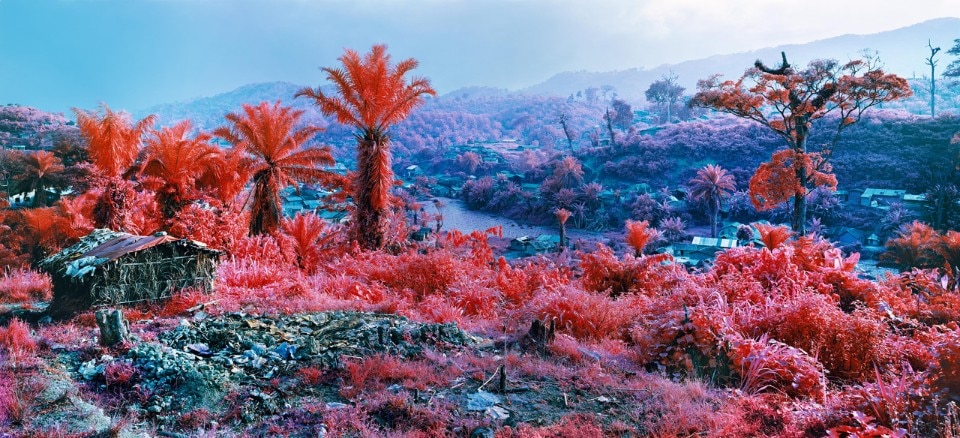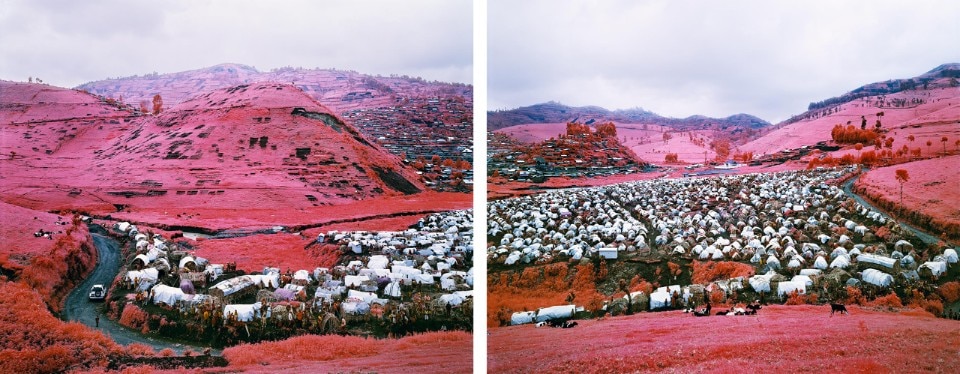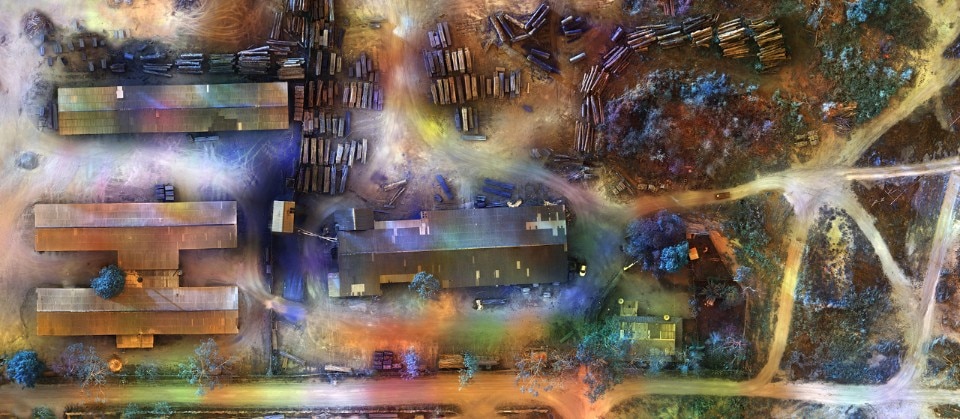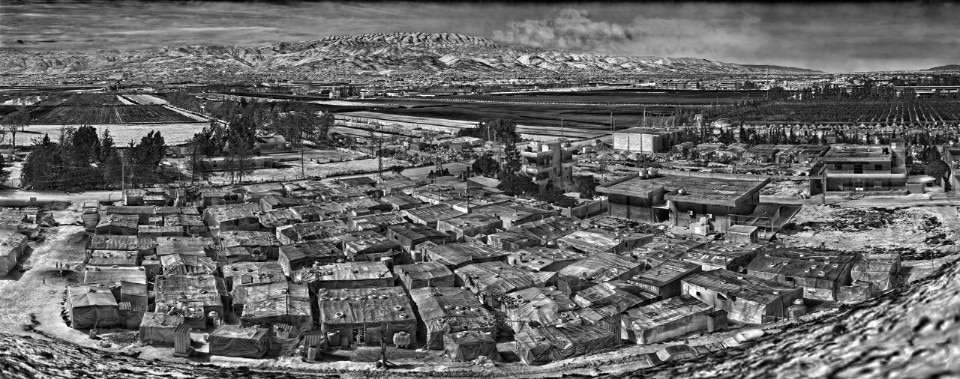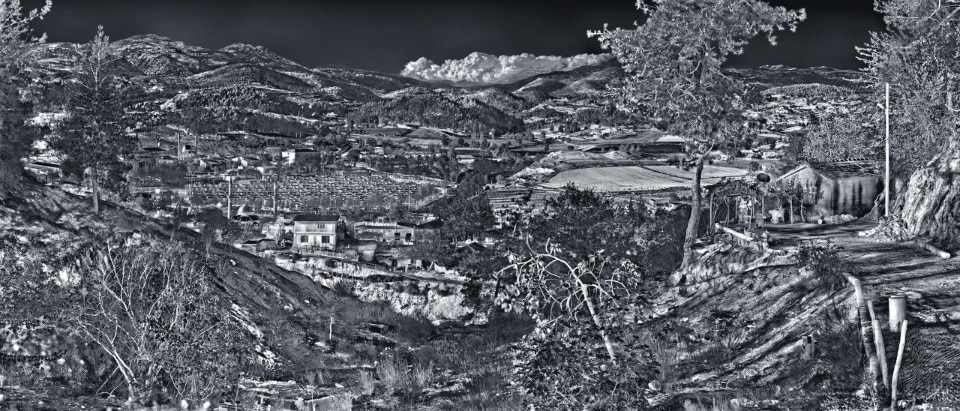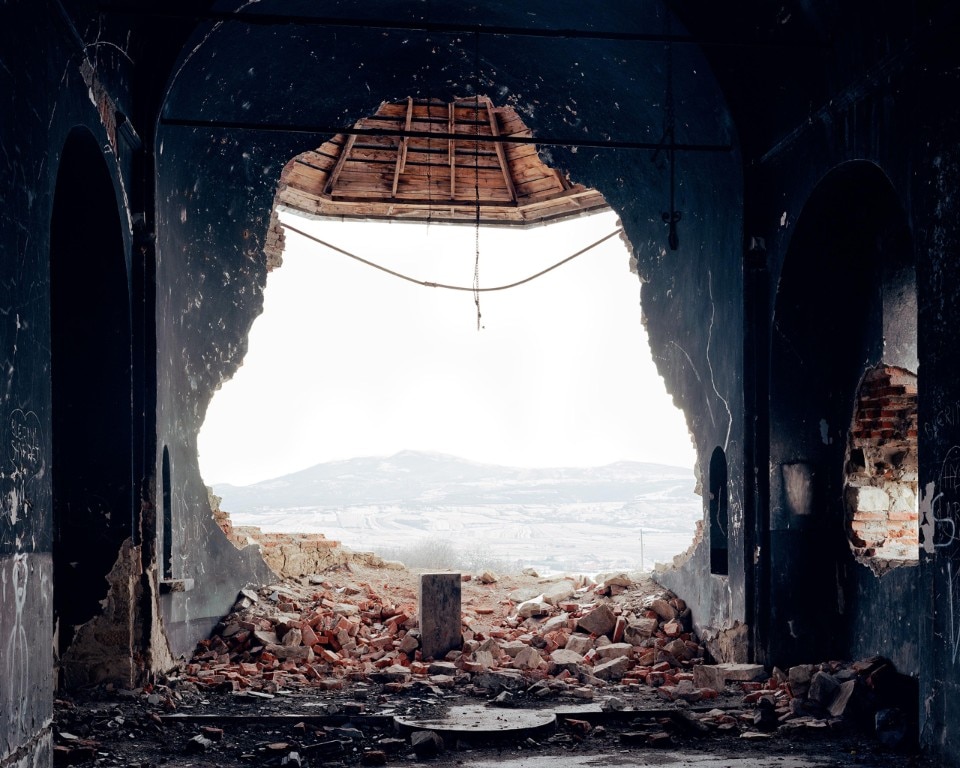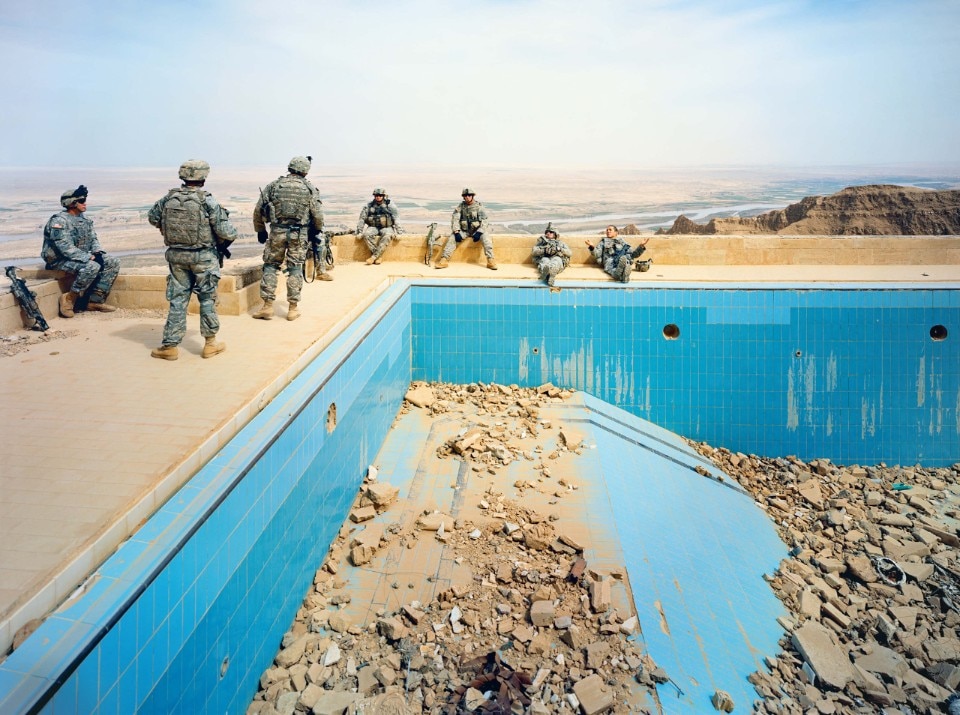Richard Mosse's work is one of the most daring, innovative and complex reflections within the great cauldron that goes by the name of contemporary documentary photography. In fact, his work has always been a challenge not only to the relationship between reality and representation—controintuitively congenital to the entire genre since its origins—but to photography itself, which ever since it discovered its elective affinity with conceptual art has experienced a continuous and only apparently irresolvable conflict between content and container, between ethics and aesthetics.
All the mature works of this photographer, born in 1980, are in fact an attempt to demonstrate how the two paths, the one based on the need to document in a morally irreproachable manner and the other on the desire to create sublime works, can actually coincide or at least converge.
Today MAST in Bologna takes stock with Displaced, the first anthological exhibition dedicated to the Irishman, with which it makes a highly experimental work accessible as usual, involving the public in a far–reaching intellectual work.
Seventy–seven large format photographic works are on show, ranging from the early works in war zones and border areas, such as Breach (2009), to the most recent research in the Brazilian Amazon (Tristes Tropiques, 2020). In this journey through Mosse's art, it is immediately clear that his conceptual evolution is accompanied by a continuous and ongoing technological development. In Infra, for example, Mosse adopts a military tracking technique that uses the infrared field (hence the name of the series), invisible to the naked eye but capable of revealing human presence through the visual recording of heat. And if in this case he uses the now unobtainable Kodak Aerochrome film, also featured in the immersive The Enclave, for the Heat Maps series and the audiovisual installation Incoming (made with the collaboration of cinematographer Trevor Tweeten and set to music by Ben Frost) Mosse relies directly on a thermal camera, another military–derived instrument capable of recording so–called heat maps, again with the aim of "seeing" further afield.
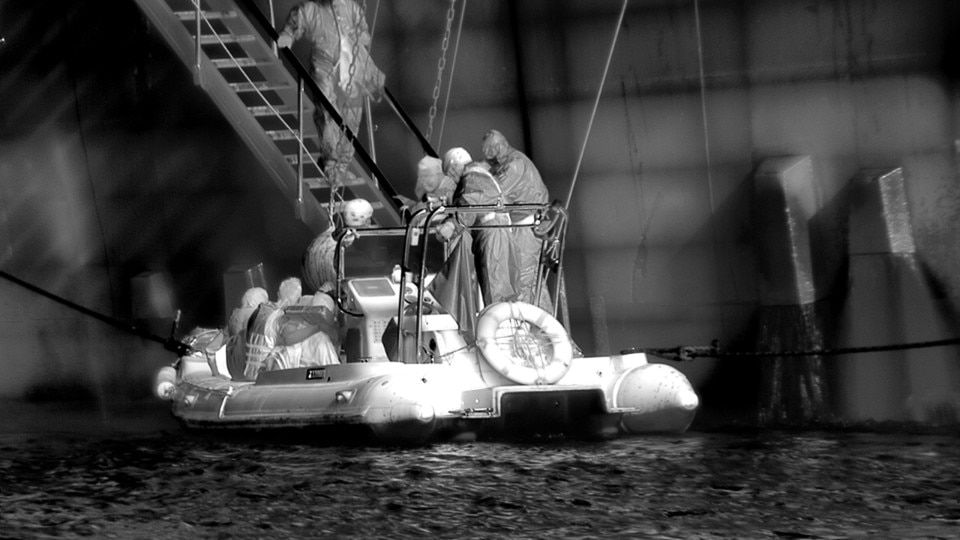
Thus, since Infra and The Enclave tell the terrible story of the Democratic Republic of Congo, which has been through decades of bloody conflicts, while Heat Maps and Incoming deal with the tangled news of mass migration by focusing on various refugee camps around the world (Lebanon, Turkey, Greece, Germany among the others), the theoretical dichotomy between what we see and what, on a deeper level, we feel, leads with subtle determination to another and more important revelation: the beauty of the works lies precisely in their state of tension, in their violently paranoid suggestion, where the tools of localisation and, ultimately, of control are precisely those that make possible the 'style' that so fascinates us. Thus, the vertigo experienced in realising the contrast between the luxuriance of nature and the drama of the events it conceals is compounded by the disturbing sensation of being able to have the privilege of this experience precisely by means of the same instruments that, in different hands, pursue those aims of tracking and annihilation that we can only condemn.
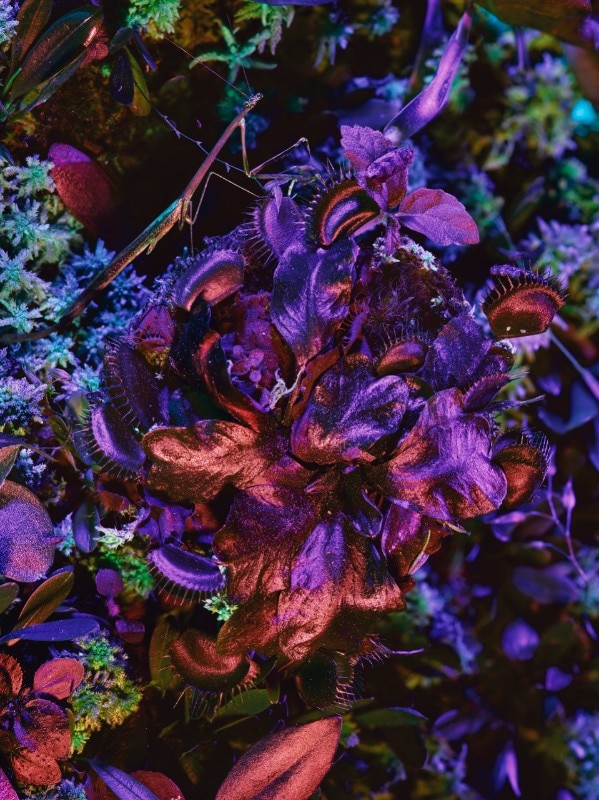
One might therefore be inclined to think that the last part of the exhibition corresponds to Mosse's need to move away, not only figuratively, from his main themes, an escape towards the uncontaminated landscape, towards the regenerative force of a wise and resilient nature. But on the contrary, even his most recent works, such as Ultra and especially Tristes Tropiques, contribute decisively to tracing a clear and uncompromising arc of research. In the first series, produced between 2028 and 2020, Mosse uses the expedient of ultraviolet fluorescence to ensure that no aspect of nature, including the most violent, is overlooked. In the second series, in which the line of action is dictated by satellite vision, he uses the Brazilian Pantanal, the scene of the now infamous fires, to record even the most imperceptible climatic changes.
With the help of the explanatory video Quick, it becomes clear once and for all that for Mosse, reality, however violent, cannot always be shown with the simple weapons of photographic documentation. In short, it is not necessarily something sensitive, and therefore it is by no means certain that, in order to recount its essence and clarify its meaning, those who work with images today are required to be witnesses to a news story: since, in the words of Wittgenstein, the world is all that happens, it is up to the sensitivity of the artist to find the right way and even the right moment to demonstrate its complexity.
- Exhibition title:
- Displaced
- Opening dates:
- From May 7th to September 19th, 2021
- Curated by:
- Urs Stahel
- Location:
- Fondazione MAST
- Where:
- Via Speranza 42, Bologna


